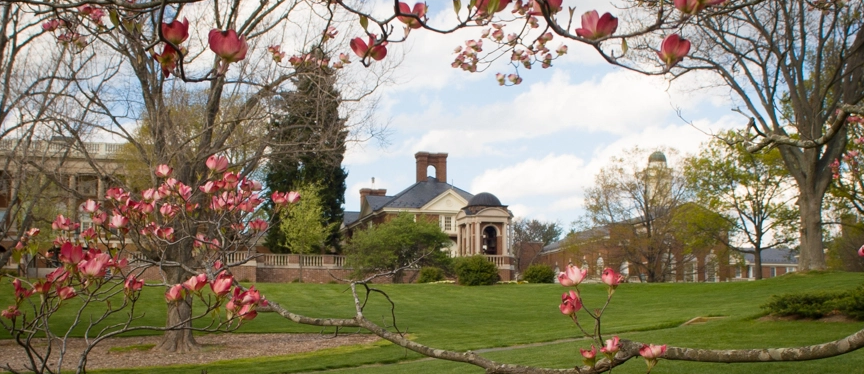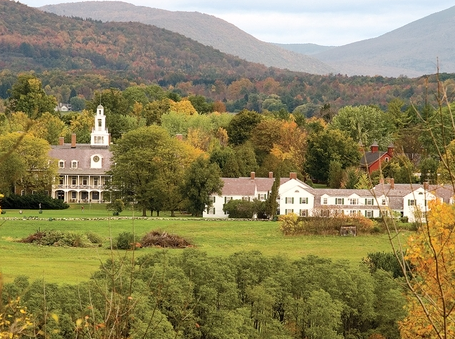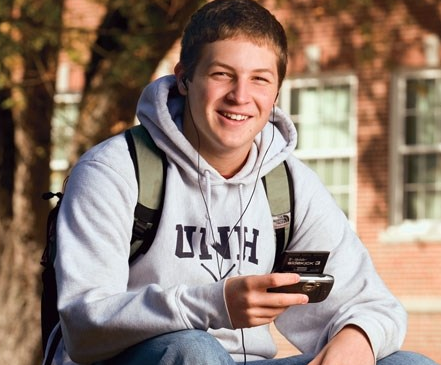Small liberal arts colleges in the U.S. simply refuse to die, despite a torrent of bad news about the U.S. higher education marketplace and the increasing uselessness of their degrees.
Bennington College in Vermont is one such example, according to Bloomberg. It sports famous alumni like Donna Tartt and
Bret Easton Ellis and charges $73,000 per year for admission. Located at the foot of Vermont’s green mountains, it nearly went out of business in the 1990’s and was still under duress at the beginning of this decade.
But the school – and its 700 undergraduates – have hung on. It’s a microcosm of how these types of schools continue to defy the odds nationwide. Massachusetts’ Hampshire College was another institution known for its artisiness than has somehow still hung on.
David Bergeron, a former deputy assistant secretary in the U.S. Department of Education who specialized in higher education said:
“They’ve survived because they’ve been able to exploit what they’re good at, and that has enabled them to continue to attract students and retain faculty. The threat of closure has brought a new level of energy.”
The environment of pressure on these colleges has been helped along by the $1.6 trillion in student loans outstanding, discouraging many from even attending colleges at all. The hot-button issue is surely going to be center stage for the 2020 Presidential race and the number of high school graduates is also declining, especially in the Northeast and Midwest.
Meanwhile, immigration restrictions have slowed down the supply of tuition paying students from places like China. Last year, about 33% of colleges saw a decline in revenue from tuition, up 15% from five years ago. The Council of Independent Colleges now estimates that 2% of its roughly 650 members are “struggling financially.” About 12 of these colleges have closed or merged in the last 4 years, including Vermont’s Marlboro College and the University of Bridgeport in Connecticut, who have agreed to merge.
But the U.S. Department of Education says there is about 750 colleges with 1,000 or fewer students, compared with about 790 a decade ago, which is hardly a major falloff. Harvard Business School Professor Clayton Christensen had predicted that half of all U.S. colleges would go bankrupt in 15 years back in 2013, when online colleges were starting to take off.

Colleges such as Williams and Amherst, a selective liberal arts school, still rank among the country’s most sought out education destinations and wealthiest institutions relative to size. But again, even colleges like Virginia’s Sweet Briar College, which has been under financial stress, have found a way to keep operating. In 2015, this college announced it was shutting down and its alumnae, who hired a law firm to prevent the plan, raised $30 million to save the school.
After a restructuring, the school cut its tuition nearly in half, to $21,000 and reduced majors to 18, from 40, and emphasized programs in science, technology and math. It has balanced its budget and raised $64 million since then. Enrollment is expected to grow this fall by 20%. They’re even come up with some “creative” revenue streams: “raising bees, crops and perhaps
later livestock, drawing on its 3,200 acres that were once a working farm.”
Nathan Kluger, director of agricultural enterprise said: “We’re driving interest, driving agriculture, driving an experience, which is really selling tuition dollars.”
Hampshire College, in Amherst, Massachusetts looked like it could be the most recent college casualty. It announced that it might not enroll freshman and that it was laying off 24 staffers. But alumni, including Ken Burns, are busy raising money for the school.

Interim President Ken Rosenthal said:
“We have to look in places for students that we may not have looked before. We’ll see where our alumni are living and go there and get their help to try to take the message of Hampshire College into their communities.”
Hampshire is now expecting to enroll 600 to 700 students this year and is saving money allowing students to take classes at neighboring schools. The college has hired 35 year old Mariko Silver, who helped turn around Bennington College in 2013. After Silver’s onboarding, the college saw its endowment triple to $51 million and it saw applications rise 20%.
Michael Hecht, who worked as the accountant to influential painter and Bennington alumna Helen Frankenthaler, also helped. He stated: “We’re being aware and taking advantage of opportunities that are out there. It was all there. We’re really connecting the dots.”
via ZeroHedge News https://ift.tt/32YG4Dl Tyler Durden
